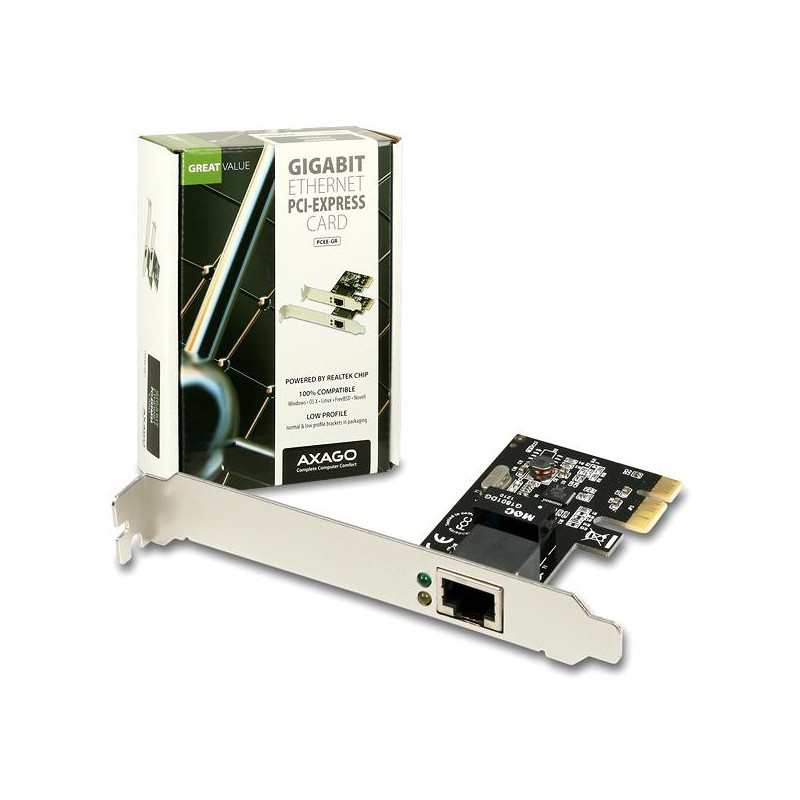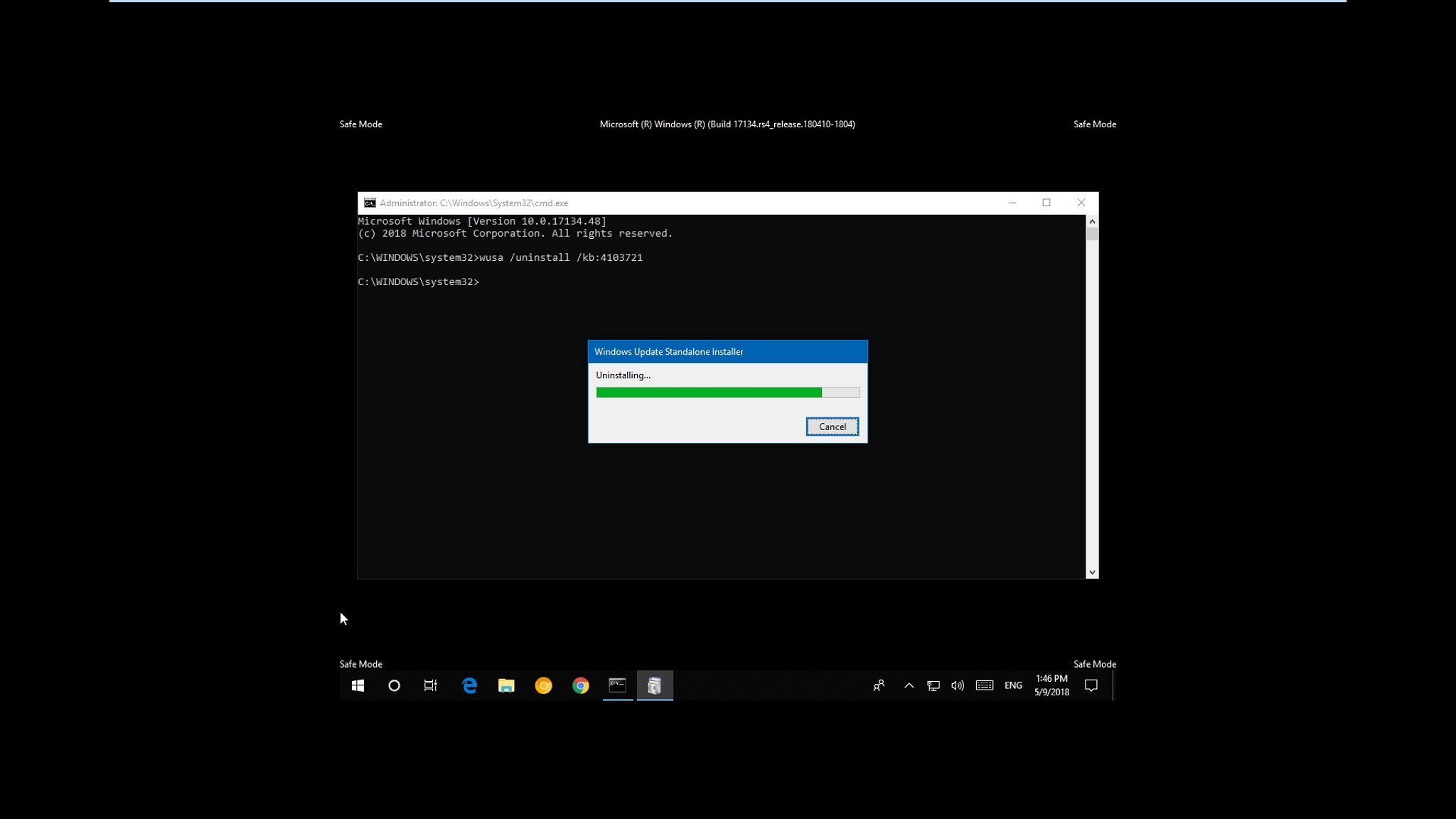- Ethernet Controller Driver Vista
- Windows Update Uninstall Ethernet Controller Driver Download
- Windows Update Uninstalls Ethernet Controller Driver Windows 10
- Ethernet Controller Driver Windows 10
Jan 10, 2019 - My tiles were not working and an apparent fix was to refresh windows 8, once the refresh had finished it had deleted 4 drivers from my laptop,. Using Device Manager to Uninstall Devices and Driver Packages.; 2 minutes to read Contributors. In this article. Device Manager is a Control Panel application that allows you to manage devices and drivers on your system.
Jun 12, 2014 - Try uninstalling and then reinstalling your antivirus software. Some antivirus suites come with 'miniport' network drivers (for traffic. An extra step but it works and I can keep installing windows updates and not get stuck on my.
It seems that the recent Synaptics driver update for Synaptics SMBus TouchPad on Windows 10 (build 100049) somehow doesn't see my middle-button. Uninstalling, and installing an older driver for Windows 8.1 from the HP site (my machine is HP EliteBook 8570w) restores the middle button functionality.
Few days later, the driver updates itself again, and I lose the middle-button.
I realize I'm running unsupported software, but is it possible to prevent updating this particular driver, without either disabling updates altogether or preventing other drivers from updating?
3 Answers
Looks like there was no easy way. In Windows 10 preview they force automatic updates on you, and since build 10049 there's no way to restore the 'old' Windows Update applet in Control Panel. But I managed to do with with a set of PowerShell tools called Windows Update PowerShell Module.
After you install the PowerShell tools, list all the available updates (after uninstalling the offending update first):
I was interested in disabling the Synaptics one, to do that, use the following command:
The letter H now signifies this update is hidden.
That's it!
I wrote a detailed post on how to disable a particular update in Windows 10 build 10049, you can read it here: http://hmemcpy.com/2015/04/preventing-a-certain-windows-update-from-installing-on-windows-10/
Ethernet Controller Driver Vista
You can block the installation of drivers for a particular hardware ID. It works the same way in Windows 10 as it did in Windows 8.1.
First, look up the device hardware ID:
- In Device Manager, right-click on the device in question, and select Properties.
- Go to the Details tab.
- Change Property to Hardware Ids.
- Copy-paste this into a text file.
Then, make sure you have a stable configuration:
- Download the replacement driver, but do not install it yet.
- Disconnect from the network so that Windows will not retrieve new drivers.
- Disable, then uninstall the driver that you want to replace.
- Install the replacement driver.
- Reboot and make sure it sticks.
Then, block all installation of drivers for that hardware ID:

Windows Update Uninstall Ethernet Controller Driver Download
- In the start menu, type gpedit.msc and press enter.
- Local Computer Policy -> Computer Configuration -> Administrative Templates -> System -> Device Installation -> Device Installation Restrictions
- Double-click on 'Prevent installation of devices that match any of these device IDs.'
- Set this to Enabled.
- Click Show, under Options, 'Prevent installation of devices that match any of these Device IDs.'
- Copy-paste the hardware ID from the text file into the Value box.
- Click OK until you get back to the Group Policy Editor.
Warning: This will block manual and automatic installations of the driver. If you later decide to try out a new version of the driver, you will have to unblock the hardware ID first. You can't delete Values in the dialog box, so the easiest way is to change the setting to Not Configured.
This only prevents the driver itself from being installed. Windows Update may still download the driver package update, attempt to install it, and then fail. You will see failures in the Windows Update log. This is a separate issue.
Easy and Effective! It's a tool that you download and run from Microsoft and it will prevent future updates to drivers or updates you select.
This page provides details of how to remove a driver and then how to download a tool from microsoft to keep it from being updated again.
To uninstall the unwanted driver:

- Launch the Device Manager with a right click on the lower left corner of the desktop and a left click on Device Manager.
- Located the device driver with the problem driver installed, right click and choose Uninstall.
- In the uninstall dialog, check the box to Delete the driver software for this device if available.
To uninstall an unwanted Windows Update:
- Type “View Installed Updates” in the Search box and then click on View Installed Updates – Control Panel from the Search results.
- To uninstall the unwanted update, select it from the list and then click Uninstall.
To temporarily prevent the driver or update from being reinstalled until a new driver or updated fix is available, a troubleshooter is available that provides a user interface for hiding and showing Windows Updates and drivers for Windows 10. You can obtain and run the 'Show or hide updates' troubleshooter by downloading it from the Microsoft Download Center.
The following file is available for download from the Microsoft Download Center:
Download the 'Show or hide updates' troubleshooter package now. (note: the link is as provided in 28 Oct 2015)

protected by Community♦Jan 19 '16 at 12:19
Thank you for your interest in this question. Because it has attracted low-quality or spam answers that had to be removed, posting an answer now requires 10 reputation on this site (the association bonus does not count).
Would you like to answer one of these unanswered questions instead?
Not the answer you're looking for? Browse other questions tagged driverswindows-10-previewsynaptics-touchpad or ask your own question.
Windows may install drivers for select devices, say the graphics card, under certain circumstances. This happens by default for instance when the device is setup, but may also happen when Microsoft pushes driver updates through Windows Updates.
We published a tutorial -- How to disable driver updates from Windows Update -- previously that highlights three methods to block Microsoft from installing device drivers through Windows Update.
If you need to reinforce the protection, for instance because a Windows Update reset the settings you configured using the previous guide, then you may find this tutorial particularly useful.
It may also be useful if you don't mind the driver installation for some devices, but need to block it for others. If you use a custom color profile for your video card for instance, you may not want Microsoft driver updates for the video card to erase that each time that happens.
Block driver installations for specific devices
The following method requires access to the Group Policy Editor on Windows. This is reserved to professional versions of Windows. Also, the policy works on all versions of Windows from Windows Vista to Windows 10.
The process will block any driver installation or update for the specified devices, and it has priority over any other setting related to the installation of device drivers on Windows.
Preparation
You need to make sure that the desired driver is installed. If that is the case, great, head over to the second step of the process.
If the Windows driver is installed currently do the following:
- Download the device driver that you want to install.
- Disconnect the PC from the Internet. You may disconnect the Ethernet cable, disable WiFi, or use a program like Net Disabler or Turn Internet Off.
- Open the Windows Device Manager:
- Tap on the Windows-key on the keyboard, type devmgmt.msc, and hit the Enter-key.
- Locate the device in the device listing, right-click on it, and select properties from the context menu.
- Switch to the Drivers tab.
- The next step depends on the Windows version. On Windows 7, you'd select uninstall to uninstall the driver. On Windows 10, you can only select 'uninstall device' instead.
- Install the driver that you want used on the Windows machine after the Windows driver has been removed.
Look up the hardware ID
- You need to launch the Device Manager again if it is closed already. Instructions on how to do so are found under 3 above.
- Locate the device again, and select Properties from the context menu.
- Switch to the details tab afterwards.
- Select Hardware IDs from the menu at the top.
- Right-click on the ID, and select Copy from the context menu to copy it to the Windows Clipboard.
Block Driver installations on Windows for that particular device
Here is how you block the installation of drivers for specific devices based on the device's hardware ID:
- Tap on the Windows-key, type gpedit.msc, and hit the Enter-key. This opens the Group Policy Editor on Windows.
- Go to Computer Configuration > Administrative Templates > System > Device Installation > Device Installation Restrictions.
- Double-click on 'Prevent installation of devices that match any of these device IDs'.
- Switch the status of the preference to enabled.
- Click on the show button afterwards.
- Add hardware IDs for the devices that you don't want Windows to update under value (in each row one device). You can add plug and play hardware IDs or compatible IDs. Note that one hardware ID is enough, you don't need to add all that are listed.
- Click ok once you are done.
Policy Description:
This policy setting allows you to specify a list of Plug and Play hardware IDs and compatible IDs for devices that Windows is prevented from installing. This policy setting takes precedence over any other policy setting that allows Windows to install a device.
Windows Update Uninstalls Ethernet Controller Driver Windows 10
If you enable this policy setting, Windows is prevented from installing a device whose hardware ID or compatible ID appears in the list you create. If you enable this policy setting on a remote desktop server, the policy setting affects redirection of the specified devices from a remote desktop client to the remote desktop server.
If you disable or do not configure this policy setting, devices can be installed and updated as allowed or prevented by other policy settings.
Further information is provided by Microsoft on the company's Technet website.
Closing Words
You can reconnect the device to the Internet at this stage. Windows should from now on ignore the device when it comes to driver updates.
Note that this prevents the installation of driver updates from any source, and that you need to repeat the process above to update drivers.